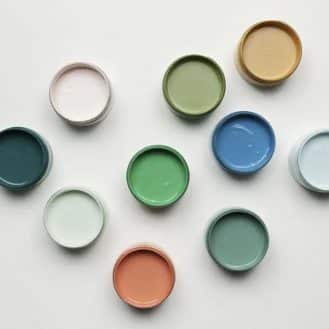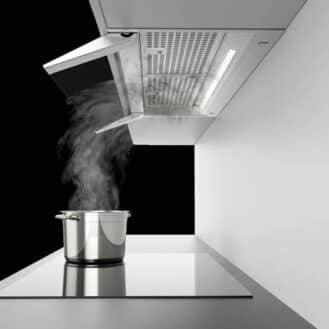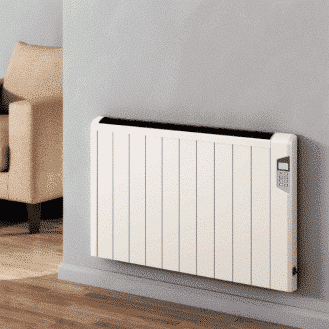Planters can liven up a space be it public or private or professional. They can be more than an object used to house plants. In fact, multifunctional planters with integrated benches, lighting or bike racks transform planters from an object into a space where people can interact with one another. Also, planters with automatic watering systems or drainage can help reduce the upkeep of public spaces. Whether you need a planter for a garden, terrace or a public space, this guide will help you find the best one to suit your project.











